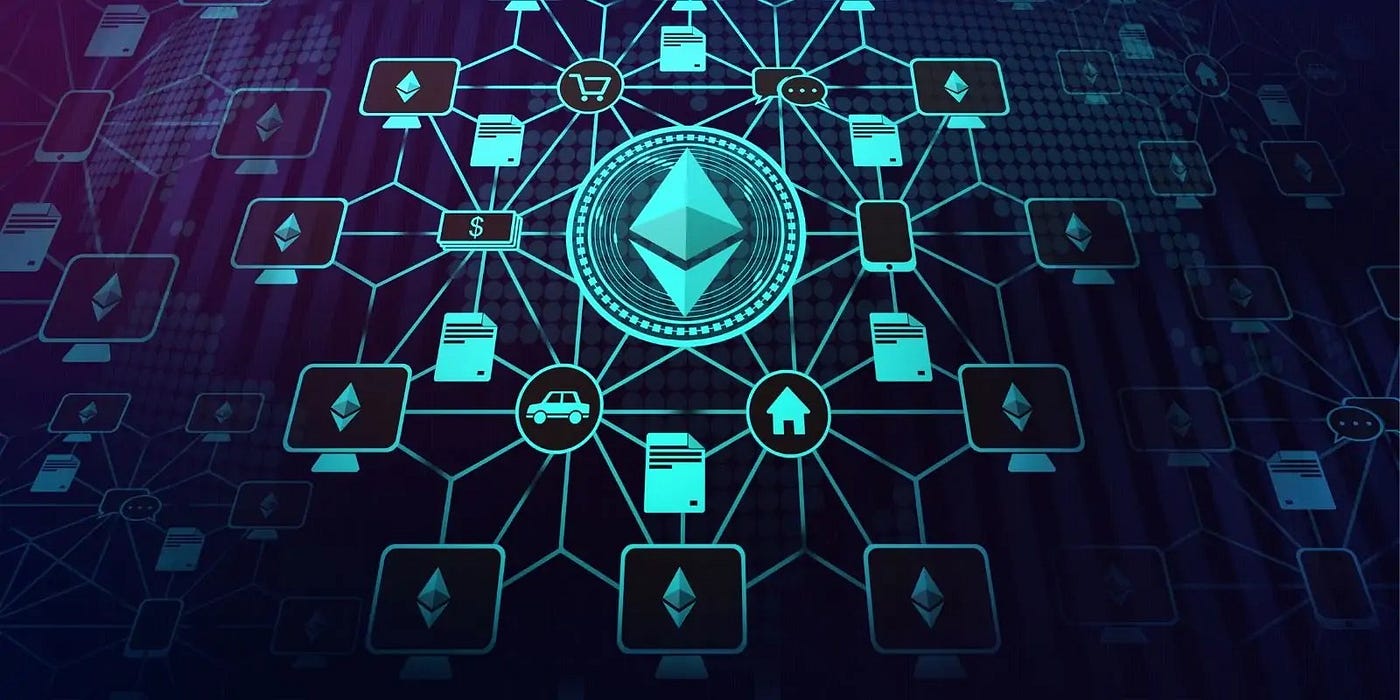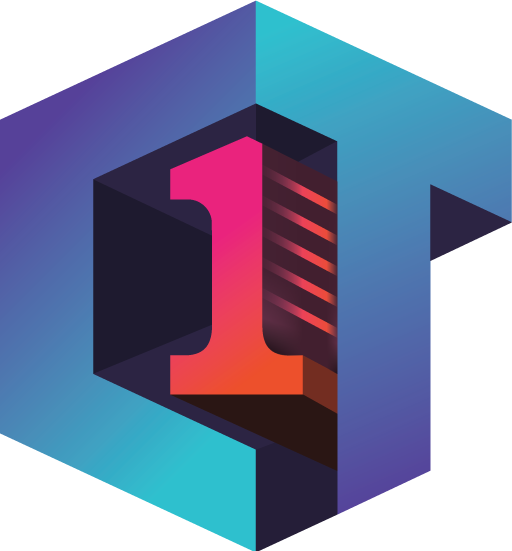
Blockchain, as well as cryptocurrency, have been captivated by Decentralized Finance, or DeFi for short. In spite of this, the bubble period of 2017 obscures its recent resurgence. In the midst of the “Initial Coin Offering” trend, few companies recognized that blockchain had a prospective past a quick recognition in price. In their vision, all economic applications, from trading to savings to banking to insurance, could be powered by blockchain modern technology without needing any type of intermediaries.
If you had access to an interest-bearing account that generated 10% a year in USD, without a bank as well as virtually no risk of losing your cash, you would recognize the potential of this transformation. Think of being able to trade a plant insurance policy with a farmer in Ghana from your Tokyo office. If every Citadel might earn a percent as a market maker, everyone would certainly want to be a market maker. It can’t hold true, can it? It’s not. We are already living in this future.

Building Blocks of DeFi
Before we begin, let’s review some basic concepts:
DFI is an automated system for trading assets without an intermediary or clearinghouse without requiring any human intervention.
Traders, speculators, and long-term holders are able to “put their assets to use” through overcollateralized lending.
Stablecoins or algorithmic assets that track and follow an underlying price without a central authority or backing.
Understanding How DeFi is Made
A stablecoin is a currency that mimics a traditional fiat currency such as the dollar. A development like this is significant since crypto’s history demonstrates how volatile the market can be. During bear markets, such as the bear market of 2018–2020, stable coins such as DAI are designed to track the value of the US dollar with minor deviations.
Generally, stablecoins are used as the foundation of lending protocols. Stablecoins can be used to borrow against assets worth a million dollars. As soon as you do not repay the loan, the protocol will automatically sell your assets.
In the DeFi ecological community, automated market makers play a vital duty. Otherwise, the tradition monetary system should be trusted, whether it is a bank, clearinghouse or exchange. You can trade one property versus another making use of an automated market maker that maintains a book of both possessions in a swimming pool. External arbitrageurs are accountable for price exploration. They can access trading fees by pooling assets with other individuals.
Making use of the Ethereum environment, you have the ability to trade properties of a wide array and also without communicating with conventional banks. Market manufacturers, as well as lending institutions, can both generate income.
Therefore, creating countries now have access to the entire economic system in the industrialized globe with no entry obstacles.
If You Still Confuse or Want Guide on Trading as well as Investing in cryptocurrency, Feel Free to: CONNECT WITH US:
Follow Telegram Channel for Free Signal Update:- https://t.me/cctrade1
Ask For More Details:- Telegram:- https://t.me/cctrade19
Website:- https://www.cryptotrade1.com
Email :- info.cryptotrade1@gmail.comFacebookTwitterEmailShare
